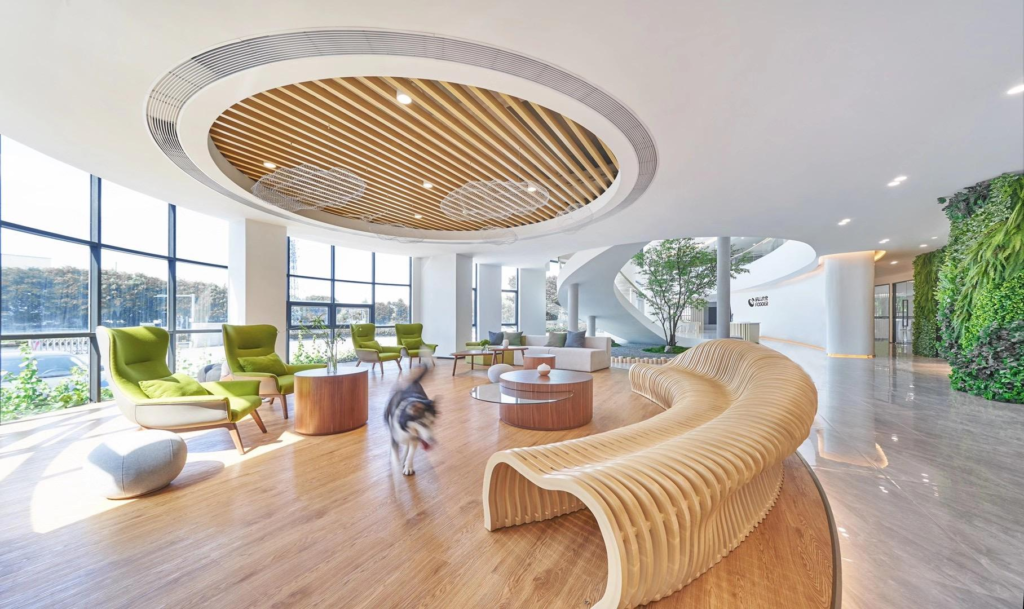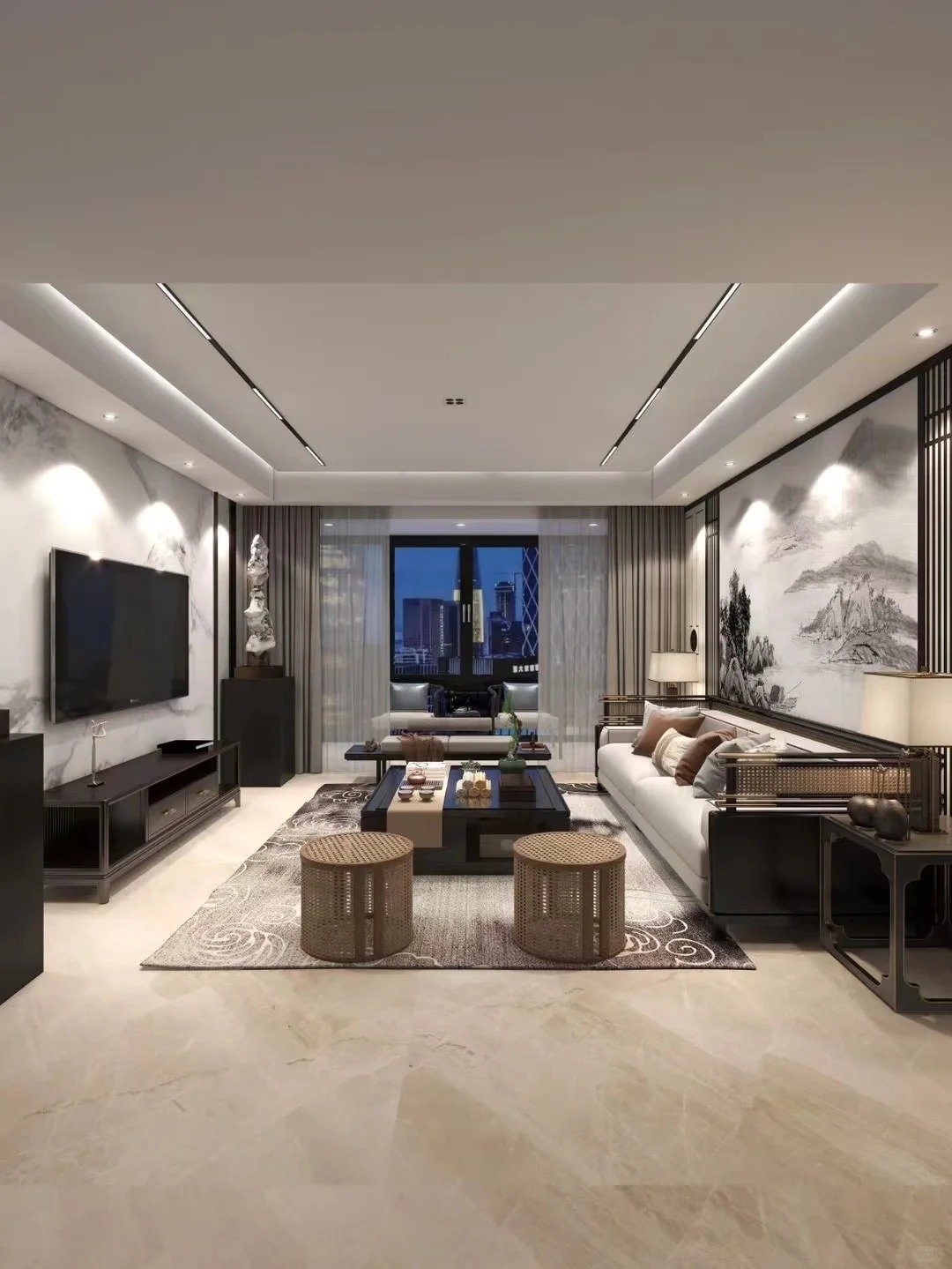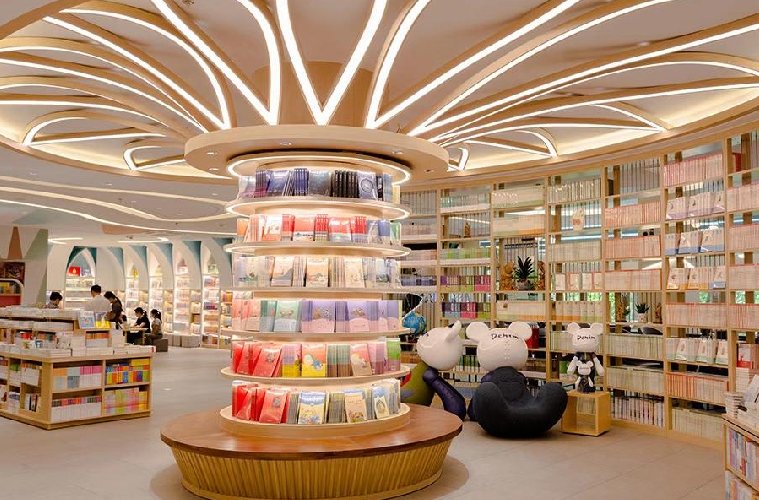The core goal of hospital lighting design
A hospital is a place where people seek medical treatment for their health. The primary goal of lighting design is to create a comfortable and reassuring environment for patients, medical staff, and their families.

In hospital lighting design, soft and warm light tones are often used to avoid strong contrast between strong light and shadows and glare, so as to reduce patients’ visual stress and discomfort. For example, the ward area uses VIPL M9 series lamps with a color temperature between 3500K and 4000K. This warm white light is similar to the color of natural daylight on a cloudy day, giving people a warm and peaceful feeling, helping patients relax and promote recovery.

Meet the functional needs of different regions
Different medical areas have different functional requirements, and lighting design must accurately meet these requirements. In areas such as consulting rooms and operating rooms that require delicate operations, high-intensity and high-color rendering (Ra≥90) lighting is required to ensure that medical staff can clearly observe the patient’s condition and perform various medical operations.
Taking the operating room as an example, professional surgical shadowless lamps are used as the main lighting equipment, and are equipped with auxiliary non-main lighting systems such as embedded spotlights and light strips to illuminate the surrounding environment of the operating area, provide uniform background light, and reduce shadow interference.

The guiding role of lighting design
In view of the fact that patients in hospitals may have mobility problems and psychological pressure, lighting design should provide good guidance. In corridors, stairs and other passage areas, continuous and moderately bright lighting, such as floor lamps and hidden light strips, should be installed. These lighting facilities can not only provide clear walking guidance for patients, but also avoid glaring light, ensuring that patients can walk safely at night or in dim light conditions.

The importance of hidden lighting
Hidden in ceiling grooves, skirtings, behind furniture, and above the headboards of ward beds, lighting equipment plays an important role in creating atmosphere, outlining contours, and providing auxiliary lighting. VIPL waterproof, dustproof, uniform light emission and adjustable color temperature LED light strips were selected to meet the needs of different hospital environments.

The positive impact of lighting design
Comfortable, warm and humanized lighting design creates a good medical environment for patients, helping to relieve their psychological stress and anxiety. In the ward, appropriate light brightness and color temperature allow patients to rest and relax better, improve sleep quality and promote physical recovery. In the diagnosis and treatment area, clear and accurate lighting enables patients to understand their condition and treatment process more clearly, enhancing their trust and satisfaction with medical services.






